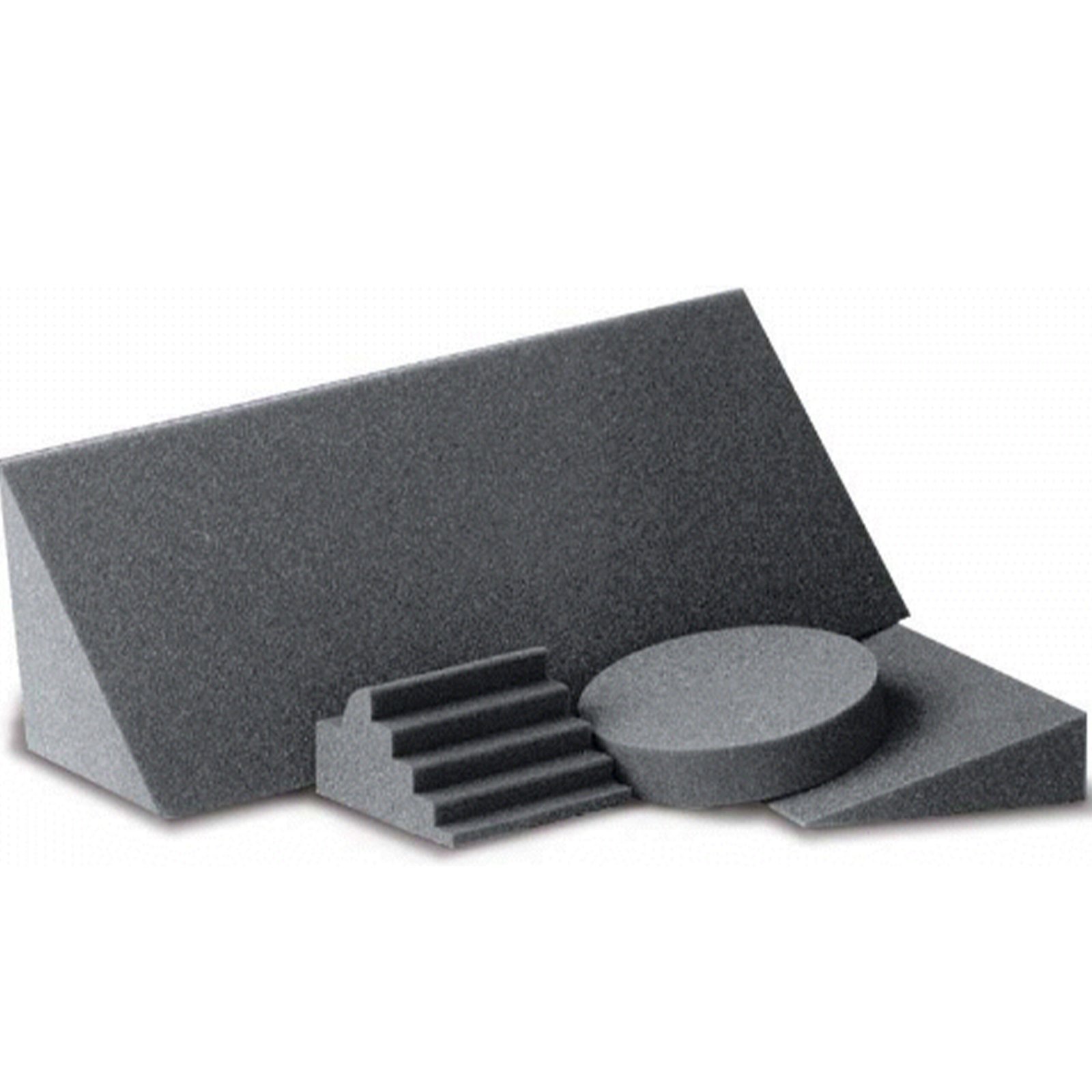X-Ray Sponge Positioning Pads are specialized foam pads used in medical imaging (such as X-rays, CT scans, or fluoroscopy) to help position and stabilize patients during procedures. They are designed to improve image quality by ensuring proper alignment and reducing patient movement.
Key Features & Uses:
- Patient Comfort & Stability – Soft, cushioned foam supports limbs, head, or body parts in the correct position.
- Radiolucency – Made from materials that do not interfere with X-ray imaging (unlike metal or dense plastic supports).
- Versatility – Used for various exams (e.g., chest X-rays, limb imaging, pediatric positioning).
- Infection Control – Often disposable or easy to clean to maintain hygiene.
- Common Applications:
- Elevating limbs for better imaging angles
- Stabilizing trauma patients without metal artifacts
- Pediatric positioning (due to smaller, more flexible bodies)
Advantages of X-Ray Sponge Positioning Pads
X-ray sponge positioning pads offer several benefits in medical imaging, improving both patient comfort and image quality. Here are the key advantages:
1. Improved Image Accuracy
- Radiolucent Material: Unlike metal or plastic supports, these foam pads do not create artifacts or shadows on X-rays, ensuring clearer images.
- Consistent Positioning: Helps maintain the correct anatomical alignment, reducing the need for retakes.
2. Enhanced Patient Comfort & Safety
- Soft & Cushioned: Reduces pressure points and discomfort, especially for elderly or injured patients.
- Non-Slip Surface: Prevents movement during imaging, minimizing blurring.
- Hypoallergenic: Often made from medical-grade foam, reducing skin irritation risks.
3. Versatility in Medical Imaging
- Used in X-rays, CT scans, fluoroscopy, and MRI (if made from compatible materials).
- Adjustable for different body parts (limbs, head, torso, pediatric patients).
- Helpful for trauma, orthopedic, and post-surgical imaging where precise positioning is critical.
4. Infection Control & Hygiene
- Disposable options available to prevent cross-contamination.
- Easy-to-clean reusable pads for long-term use in radiology departments.
5. Time & Cost Efficiency
- Reduces repeat scans due to poor positioning, saving time and radiation exposure.
- Affordable compared to rigid positioning devices.
6. Pediatric & Geriatric Benefits
- Helps keep children still during scans without discomfort.
- Supports fragile or immobilized patients (e.g., fractures, post-surgery).
Common Applications:
- Chest X-rays (elevating arms for better lung visibility)
- Extremity imaging (positioning legs/arms without metal interference)
- Trauma cases (immobilizing injured limbs safely)
- Dental & Head/Neck scans (stabilizing the head)
Conclusion:
X-ray sponge positioning pads are essential tools in radiology, offering better imaging results, patient comfort, and workflow efficiency. They are widely used in hospitals, clinics, and emergency settings.





